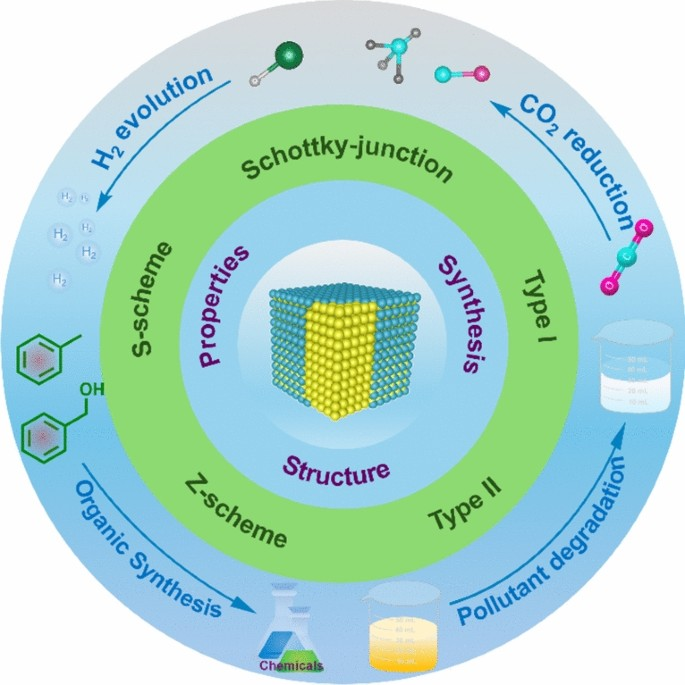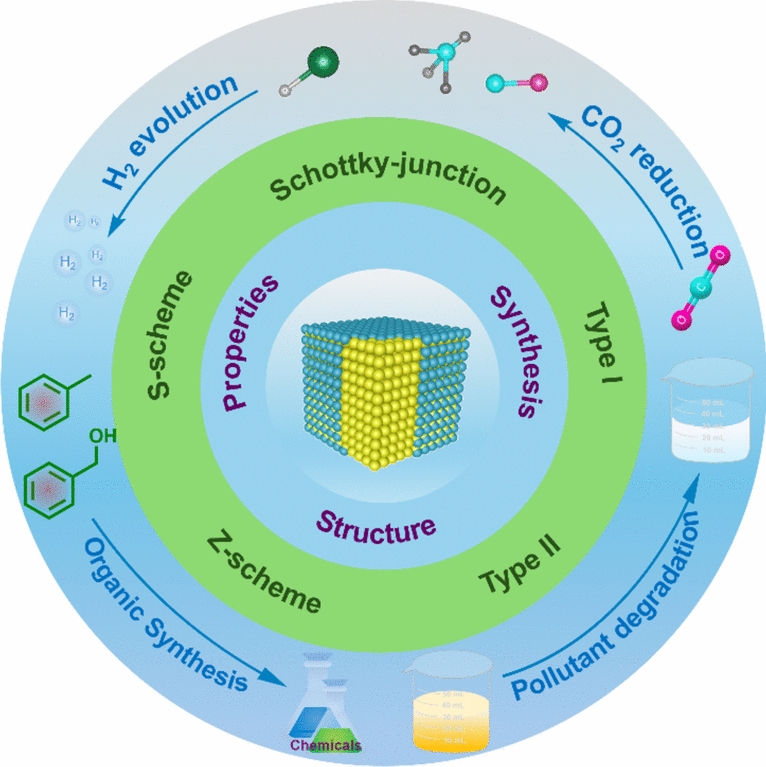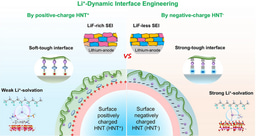Solar‑Driven Redox Reactions with Metal Halide Perovskites Heterogeneous Structures

As global energy and environmental challenges intensify, solar-driven photocatalysis has emerged as a promising pathway for sustainable chemical conversion. Metal halide perovskites (MHPs), with their exceptional optoelectronic properties, have recently gained attention as next-generation photocatalysts. However, issues like poor stability and fast charge recombination have limited their practical use. Now, researchers from Xi’an Jiaotong University, Zhejiang University of Technology, and Northwestern Polytechnical University, led by Prof. Jian Li and Prof. Xiyuan Feng, have published a comprehensive review on constructing MHP-based heterojunctions to overcome these limitations and boost redox reaction efficiency.
Why MHP Heterojunctions Matter
- Enhanced Charge Separation: Heterojunctions promote spatial separation of photogenerated electrons and holes, reducing recombination and improving efficiency.
- Improved Stability: Coupling MHPs with stable materials passivates their surfaces, enhancing durability in harsh reaction environments.
- Broadened Light Absorption: Strategic band alignment enables broader solar spectrum utilization for reactions like H₂ evolution, CO2 reduction, and pollutant degradation.
- Versatile Applications: From clean fuel generation to organic synthesis, MHP heterojunctions offer a tunable platform for diverse solar-to-chemical conversions.
Innovative Design and Features
- Heterojunction Types: The review systematically covers Schottky, Type-I/II, Z-scheme, and S-scheme heterojunctions—each offering unique charge transfer mechanisms and redox potentials.
- Synthesis Strategies: Detailed insights into physical mixing, electrostatic self-assembly, in situ growth, and hybrid methods for constructing high-quality interfaces.
- Photocatalytic Performance: Highlights include H₂ evolution rates up to 13.6 mmol g⁻¹ h⁻¹, CO2-to-CO conversion with 90% selectivity, and efficient pollutant degradation under visible light.
- Mechanistic Understanding: Advanced characterization and DFT calculations reveal how interfacial engineering influences carrier dynamics and reaction pathways.
Applications and Future Outlook
- Clean Energy Generation: MHP heterojunctions show promise for scalable solar hydrogen production and CO2 valorization.
- Environmental Remediation: Effective degradation of dyes, antibiotics, and other organic pollutants under ambient conditions.
- Green Organic Synthesis: Enabled C–H activation, alcohol oxidation, and radical addition reactions with high selectivity and mild conditions.
- Challenges and Opportunities: Future work should focus on long-term stability, interface optimization, sacrificial-agent-free systems, and multi-electron transfer reactions for complex product formation.
This review provides a roadmap for designing high-performance MHP-based heterojunction photocatalysts and accelerating their transition from lab-scale innovation to real-world solar-to-chemical technologies. Stay tuned for more breakthroughs from Prof. Jian Li and Prof. Xiyuan Feng’s teams!
Follow the Topic
-
Nano-Micro Letters

Nano-Micro Letters is a peer-reviewed, international, interdisciplinary and open-access journal that focus on science, experiments, engineering, technologies and applications of nano- or microscale structure and system in physics, chemistry, biology, material science, and pharmacy.



Please sign in or register for FREE
If you are a registered user on Research Communities by Springer Nature, please sign in